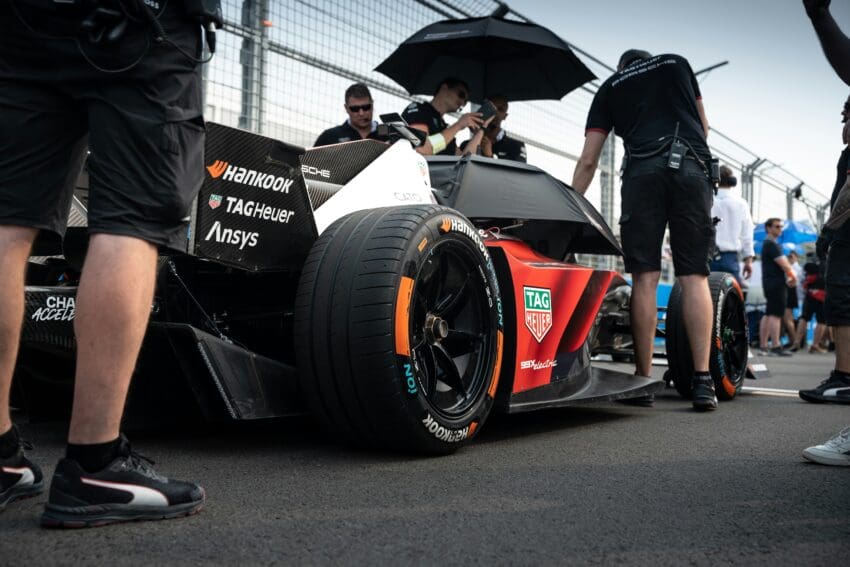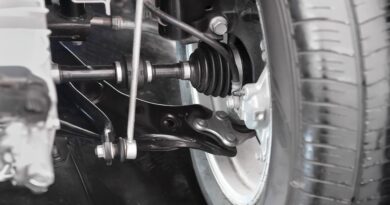Why Formula E is the Ultimate Testing Ground for Electric Vehicles
Back in 2014, Formula E debuted on the racing scene, bringing with it a new sustainable approach to motorsports. At the time, Formula E was groundbreaking.
While electric vehicles (EVs) had begun to make inroads among the world’s population, they weren’t yet mainstream. The competition helped to put EVs on the map and gave everyday people a chance to see these vehicles in action.
It’s also fair to say that Formula E helped to accelerate the development of EV technology, proving to be a real-world testing ground where manufacturers could push cars to the limits of energy efficiency, battery performance and durability, all in the context of high-speed, competitive racing.
The results have been impressive. As the demand for EVs continues to grow, with countries around the world offering subsidies and tax incentives to encourage people to buy these environmentally friendly vehicles, Formula E has kept up its work as a reliable testing lab for next-generation technologies.
Formula E’s State of the Art Technology
What stands out the most about Formula E is the sport’s dedication to developing the best technology. Gen3 is the current generation Formula E car and, taking a look at it, it’s clear how far the technology has come. The Gen 3 was built on previous models, with lighter and more powerful batteries on the hood.
These advanced batteries make it possible for the cars to go faster, while maximizing their efficiency during races. What really makes these batteries special really special is that they have regenerative braking capabilities, which means that as much as 50% of the energy expended during a race can be recovered and reused. As one would expect, this has made for some exciting races.
Motorsports fans have embraced Formula E, with many placing wagers on their favourite teams and drivers. Fans can place free bets on Oddschecker, a website that allows users to learn about odds and promotions offered by a variety of sportsbooks. These promotions include betting a minimum amount to receive free bets, giving new users an opportunity to get to know these platforms to see if they’re a good fit.
Fans of Formula E tend to keep up with the technological innovations that allow the cars to reach peak performance. After all, that clues them in on how drivers and vehicles are likely to perform on race day. What many may not know, is that the experimentation undertaken by manufacturers on the race track influences the cars that show up on the showroom floor as consumer EVs.
Real-World Challenges and Data Collection
Formula E represents a unique testing ground for EVs, because it exposes vehicles to extreme conditions that push the limits of their components, something automakers often can’t simulate. If you’ve watched Formula E, you’ll be familiar with the high-speed sprints, constant acceleration and deceleration, and the demanding street circuits the motorsport is known for. The race track is truly a make-or-break situation for these cars, where their durability, reliability and energy efficiency are pushed to the maximum.
As the EVs are flying around the racetrack, engineers are hard at work collecting data so they can analyse how vehicles react to the high-stress conditions they’re subjected to. This data is used to understand how to best optimize battery life, improve powertrain efficiency and improve the safety of vehicles.
During a race, EVs generate an extreme amount of heat, which requires teams to come up with innovative solutions that can later be used in consumer EVs. The racing conditions cars typically face are the equivalent of the most extreme challenges an everyday EV would face, such as how to manage power consumption during extended use. The insights engineers gather from races plays a crucial role in improving consumer technology.
In other words, all of these observations and technological developments don’t just stay on the racetrack; they trickle down to the consumer market, aiding in the advancement of electric vehicle technology for everyday drivers.






